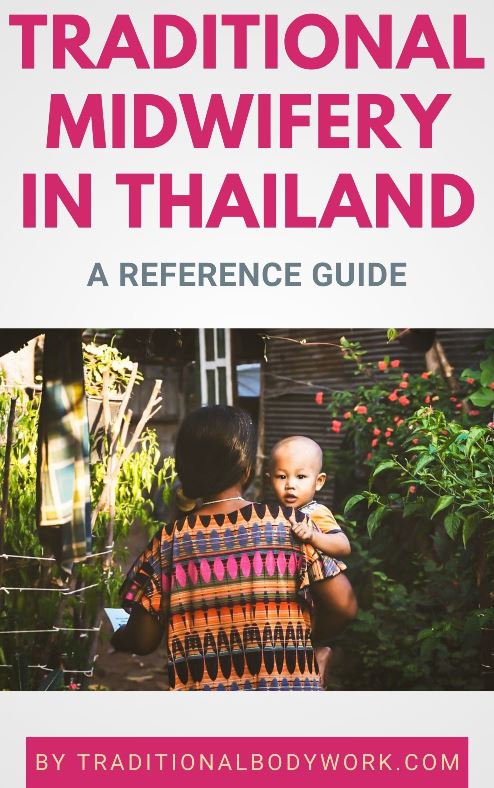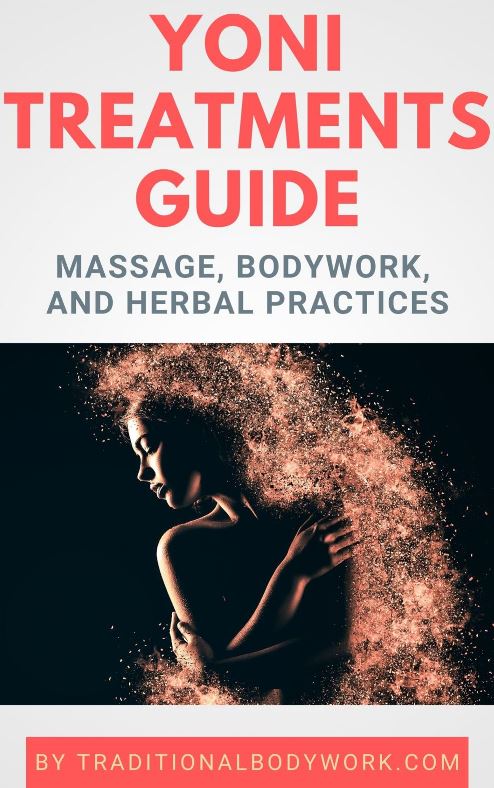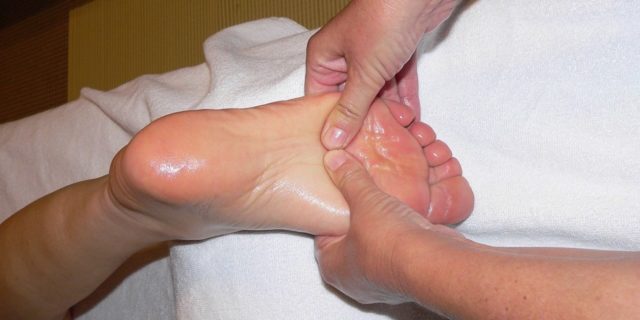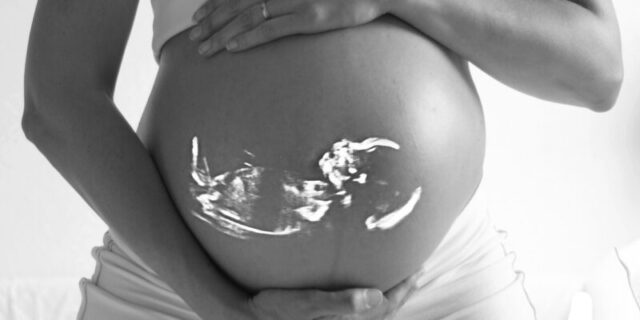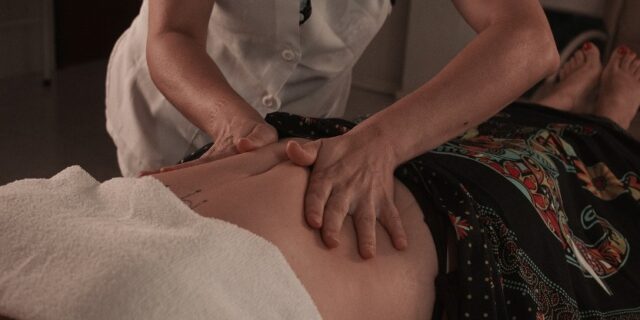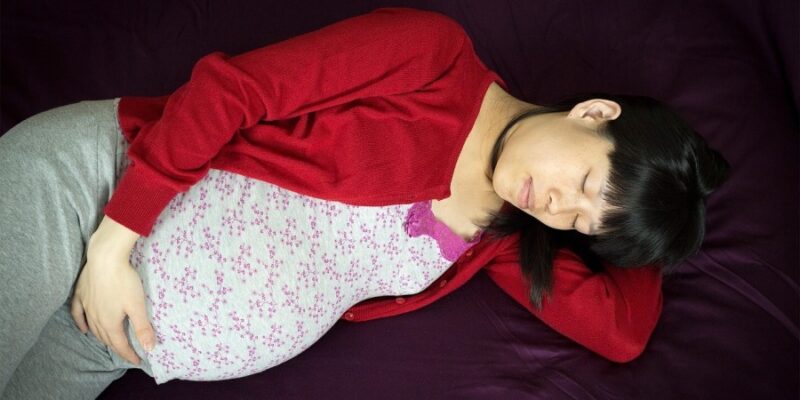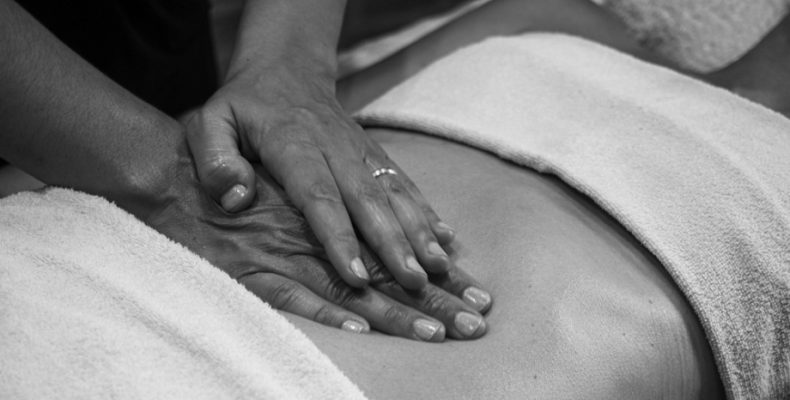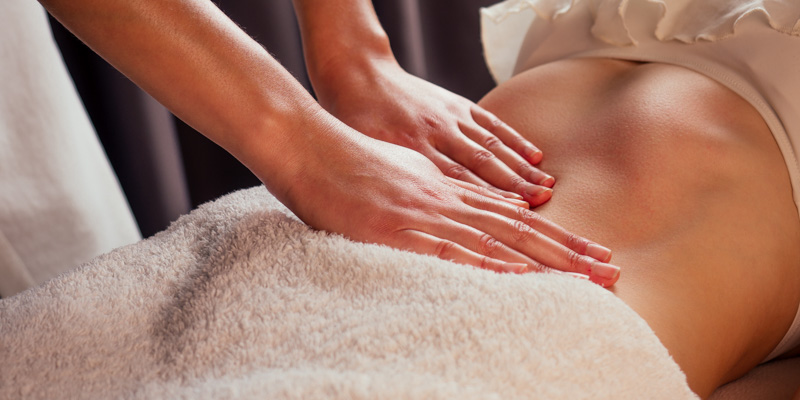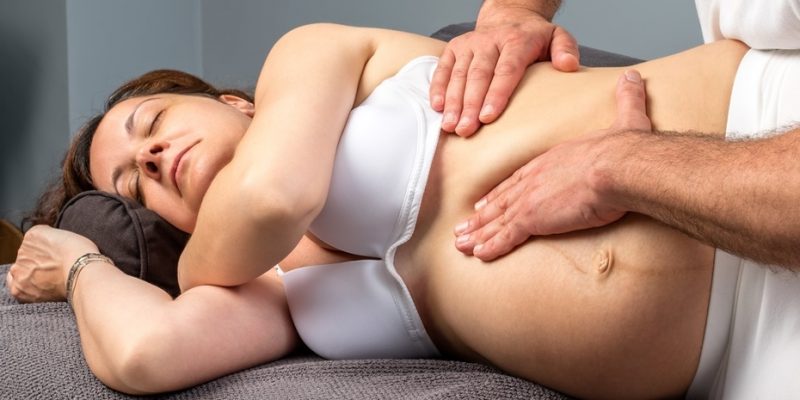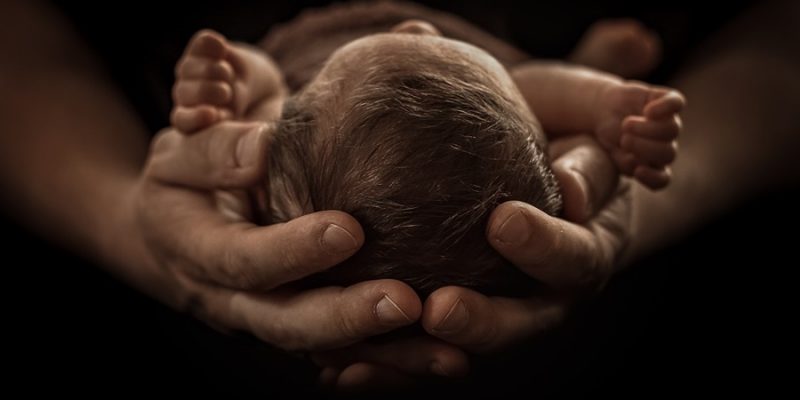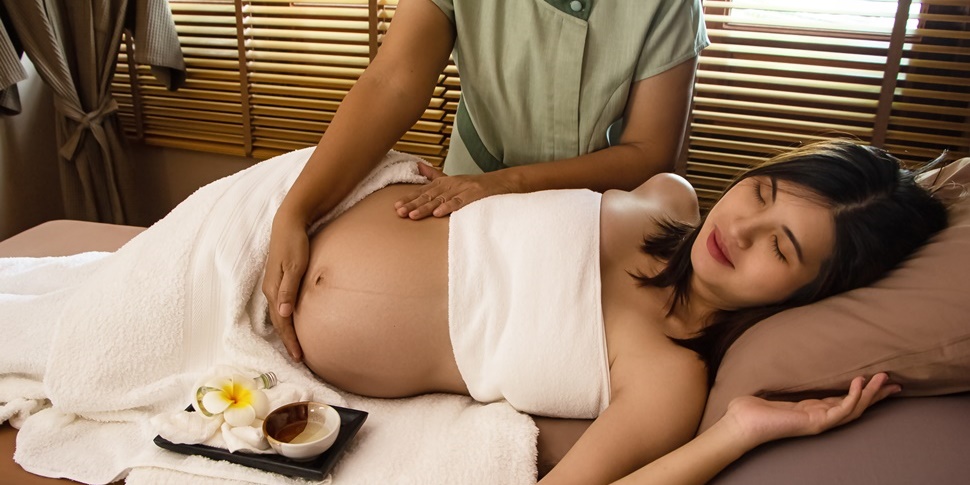
The majority of pregnant women, at some point during their pregnancy, will experience increased fatigue and strain, typically in the legs, knees, feet and ankles, abdominal area, hips, pelvis, and the lower back.
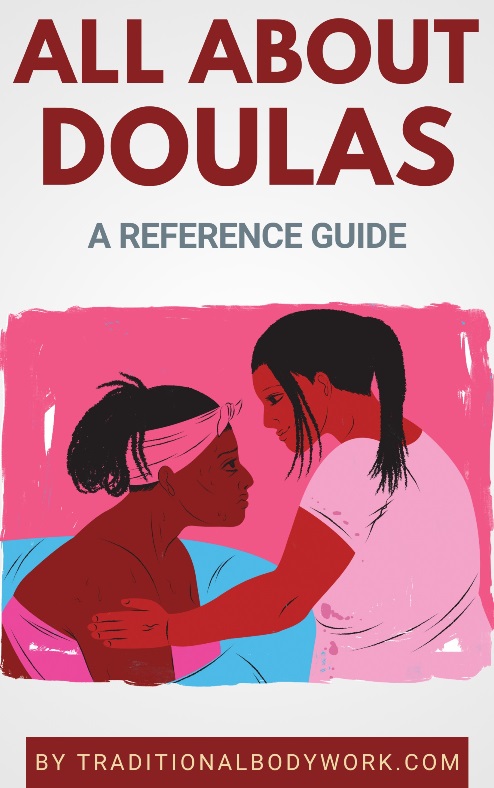
Depending on the woman and the stage of pregnancy, a variety of other health issues or discomforts may appear, such as headaches, heartburn, changed appetite, constipation, hemorrhoids, mood swings, edema, morning sickness, frequent urination, sleeping problems, breathing problems, pain in the neck and shoulders, anxiety and hypersensitivity, among other symptoms.
Some of the discomforts are caused by the effects of hormonal changes, which influence both body and mind. Other discomforts are caused by more body weight (due to the baby), amniotic fluid, and extra blood plasma. Additionally, some women gain extra weight because of changes in eating habits and a changed metabolism, which can give additional risks of strain and bodily discomforts.
Massage therapy can help to alleviate fatigue of pregnant women, help to stretch and relax muscles and joints and increase flexibility and energy levels. Massage may also help to alleviate side-effects of the pregnancy, like headaches, dizziness, sleeping issues, hemorrhoids, constipation, hypersensitivity, anxiety and stress, and such.
In fact, there are no actual pregnancy massage modalities. Usually, pregnancy massage — also called prenatal or antenatal massage — will be a specific massage treatment modality, such as Thai Massage, Shiatsu, Lomi Lomi, or Tuina Massage, and the like, which is adapted to the needs of preganant women. Mind that some definitions of Pregnancy Massage (which in this article is limited to Prenatal Massage) include Postnatal Massage and Perinatal Massage.
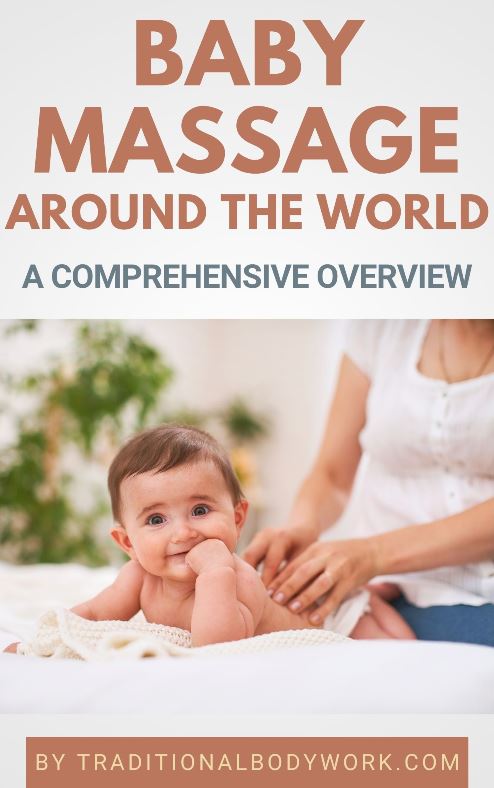
Some types of prenatal massages include reflexology, which is usually Foot Reflexology. Reflexology works with certain acupressure points on our body, such as points on our ears, feet and hands, of which is thought that manipulating them with pressure influences the functioning of related organs or other parts of our body.
Nevertheless, it’s important to realize that pregnant women are not sick or disabled. They go through a natural process and therefore general massage session precautions and contraindications apply. On the other hand, some extra points of caution need to be taken into account, of course.
For instance, a massage therapist would only give treatments after the third month of pregnancy and up to the eight month. That is, generally no massage sessions are given in the last month of the pregnancy, unless, to give an example, the goal is to reposition the baby or uterus, or to speed-up delivery and childbirth. This domain typically belongs to Perinatal Massage treatments.
As a general rule, pregnant women will not lie on the abdomen during a massage session, and the abdominal area is only very lightly treated. Most part of the session will be done with the pregnant woman lying on her sides and/or on her back.

